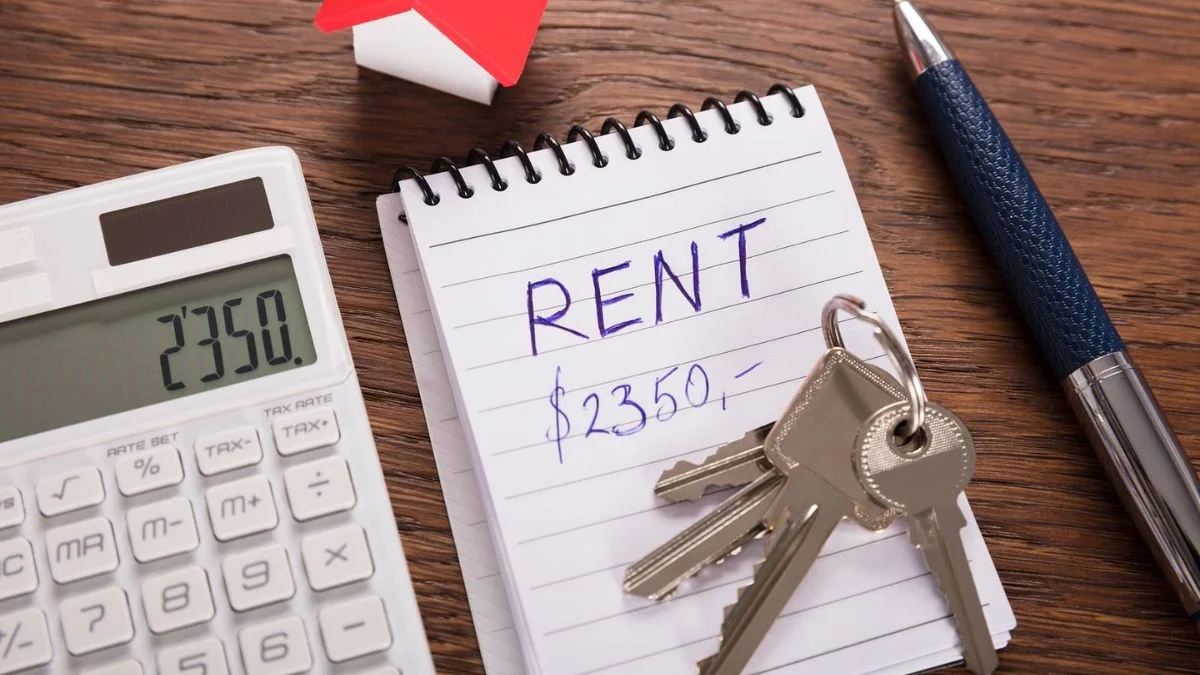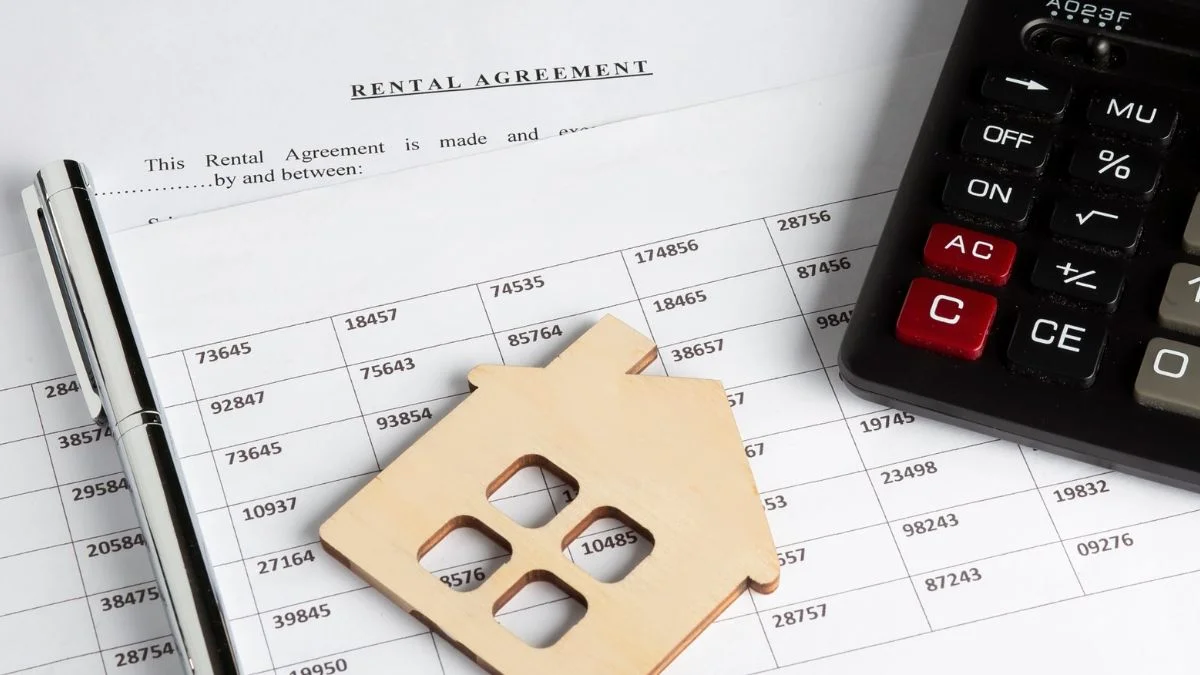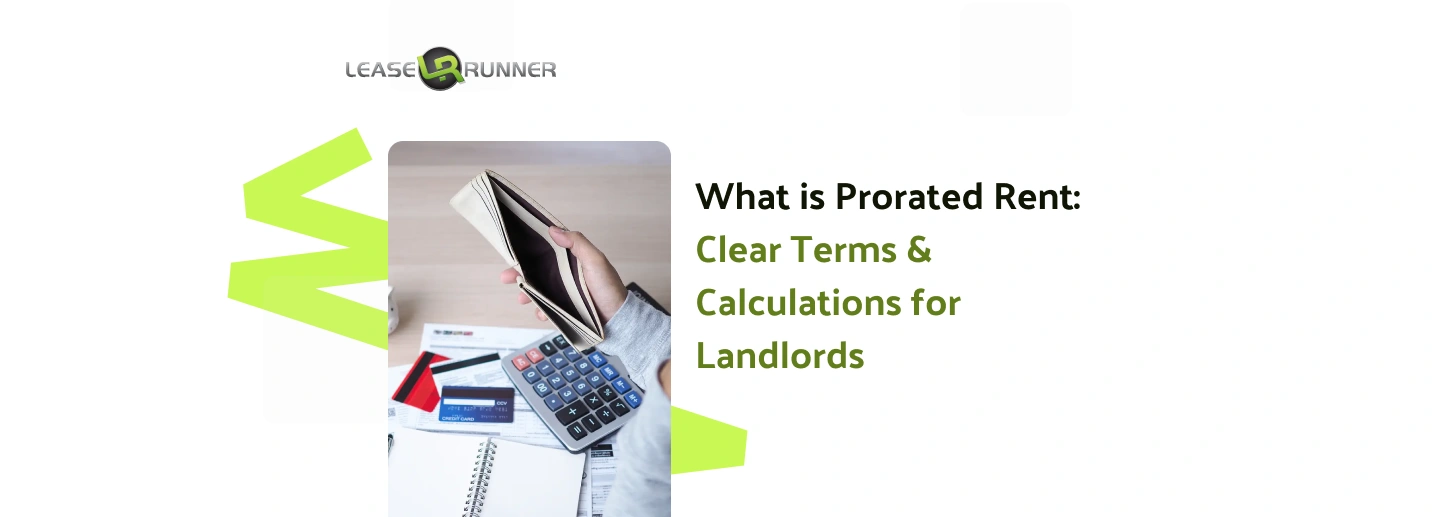Imagine signing a lease halfway through the month. Should you pay the full rent or just part of it? This common situation is solved by prorated rent.
Understanding what is prorated rent is crucial for managing your rental properties effectively and making the move-in and maintaining positive tenant relationships. It ensures fairness and accuracy, preventing disputes before they even start. So, what is prorated rent? Let's dive in.
What is Prorated Rent?

So, what is prorated rent? Simply put, prorated rent is a partial payment for a period shorter than a full month, covering only the days a tenant actually lives in the unit. To calculate it, landlords divide the full monthly rent by the total number of days in that month, then multiply the result by the exact number of days the tenant occupies the property.
Knowing what is prorated rent is essential for landlords who want to maintain professionalism and transparency. So, when exactly do you need to use it? In most cases, prorated rent is applied during a first-month move-in or a final-month move-out. This is a common practice that many landlords use to make the move-in and move-out process smoother for both parties. For example, if a tenant moves in on the 10th, they pay only for the days from the 10th to the end of that month
Why Should Landlords Use Prorated Rent?
Prorated rent: is more than a convenience—it helps landlords keep income steady and tenants satisfied. By charging only for the days a unit is occupied, you create fairness and avoid disputes. It also aligns with broader rental practices like setting fair rent-to-income ratios.
1. Minimize Vacancy and Maximize Income
Prorated rent allows landlords to accept tenants any day of the month, not just the first. This keeps units occupied and reduces income loss. Instead of waiting until the start of the next month, you can begin a lease immediately and still charge fairly.
2. Build Positive Tenant Relationships
Using prorated rent shows fairness and professionalism. Tenants feel comfortable knowing they only pay for the days they actually live in the unit. This creates trust and long-term loyalty.
For example: A tenant signs a lease starting on the 17th. Instead of charging the full month, you adjust the rent to cover only the remaining days. The tenant sees this as fair and is more likely to stay longer.
3. Offer Flexibility in Unexpected Situations
Prorated rent is useful for mid-month moves, short extensions, or early departures. Life changes: job relocations, health needs, or personal emergencies can make exact move dates unpredictable. With prorated rent, landlords stay flexible while still collecting fair rent.
4. Reduce Disputes Through Transparency
When prorated rent is calculated clearly and written into the lease, it leaves little room for conflict. Tenants understand the formula, whether you use actual days in the month, a 30-day standard, or a yearly method. It can also help avoid situations that might otherwise lead to a past due rent notice.
How to Calculate Prorated Rent?

Knowing what is prorated rent is one thing. But landlords must also know how to calculate prorated rent correctly. There are several methods, and each uses a slightly different formula.
Let's look at the 3 methods and see how to calculate prorated rent below:
Method 1: Exact Days in the Month
This method divides the monthly rent by the exact number of days in that month. Then multiply by the number of days the tenant stays.
The formula is:
Example Calculation: Let’s say the monthly rent is $1,500 and a tenant moves in on August 15th. September has 30 days:
- Daily rent: $1,500 ÷ 30 = $50 per day.
- Prorated rent: $50 × 20 days = $1,000 prorated rent.
This is the most accurate way to calculate prorated rent.
Method 2: Banker’s Month (30-day Standard)
In this method, every month is treated as if it has 30 days for calculation purposes, no matter if the actual month has 28, 29, 30, or 31 days. This approach is one of the most common ways apartments prorate rent.
The formula is:
Example Calculation: Here’s the formula for when rent is $1,800 per month, and the resident is staying for 15 days in February.
- Daily rent: $1,800 / 30 = $60
- Days occupied: 15
- Prorated rent: $60 x 15 = $900
This method is simpler and less prone to errors when dealing with a prorated rent 30 or 31 days question.
Method 3: Days in the Year
This method calculates prorated rent by dividing annual rent by 365 days, then multiplying by the number of days occupied. It is accurate on a yearly basis and works well with a prorated rent formula for move-ins and move-outs.
The formula is:
Example Calculation: Here’s the formula for when rent is $2,400 per month, and the resident is staying for 10 days in July.
- Rent: $2,400 per month = $28,800 per year
- Tenant stays 10 days
- Prorated rent = ($28,800/ 365) x 10 = $789
This method may be useful for long-term accounting. It also works well with a prorated rent formula applied through a prorated rent calculator for move out.
Prorated Rent in Practice: Move-in vs Move-out
Understanding what is prorated rent is one thing, but applying it correctly in real-life scenarios is another. Let's examine how prorated rent formula and concepts apply to both move-in and move-out situations.
Move-in
Most landlords apply prorated rent at the start of a lease. You determine the daily rate and multiply it by the number of days they will be in the unit for the first month. If the tenant moves in mid-month, they only pay for those days.
Common Move-in Scenarios:
- Standard mid-month move-in: A tenant signs a lease starting on the 15th. If rent is $1,500 for 30 days, the daily rent is $50, and the tenant pays $750 for 15 days.
- Early move-in request: Sometimes a tenant may ask to move in before the official lease start date. For example, if the lease begins July 1 but the tenant wants to move in on June 28, prorated rent is charged for those extra days in June.
- Delayed occupancy by agreement: If repairs or cleaning delay the move-in date, the landlord may reduce the first month’s rent by prorating the days the unit was not available.
Knowing how does prorated rent work for a move-in is key to a smooth start to the lease.
Move-out
When a tenant gives notice and is leaving before the end of the month, landlords can use a prorated rent calculator for move out to determine their final payment. For example, if a tenant's lease ends on the 15th of June and the rent is $1,400, they would pay for only those 15 days.
This is where understanding how does prorated rent work for a move-out is important. The concept of what is prorated rent ensures the tenant isn't overcharged for days they aren't occupying the unit.
Remember special case when calculate:
- Month with 28, 29, or 31 days: Always clarify whether you’re using exact days or a 30-day standard method, as the calculation may differ.
- Short-term leases: If a lease is less than one month, prorated rent essentially becomes the entire rent calculation.
- Tenant disputes: If a tenant questions the charge, landlords should show the prorated rent formula used. Documentation avoids conflict.
Legal Considerations for Landlords

When learning what is prorated rent, landlords must also check state-specific laws. Some states have guidelines for how prorated rent should be applied. Others leave it up to the lease agreement.
For example:
Legal rules also tie into other rental laws, like what is a rent concession or caps on fees.
Best Practices for Landlords Applying Prorated Rent
Prorated rent works best when landlords apply it fairly and consistently. Following best practices not only protects your rental income but also strengthens tenant relationships. Here’s what every landlord should do:
1. Document the prorating policy in the lease
Your lease agreement should clearly state your policy on prorated rent. This includes the method you use to calculate prorated rent and the situations when it applies (move-in, move-out, or short-term extension). Transparency sets expectations and prevents disputes.
2. Choose a consistent calculation method
Pick one method and apply it to all tenants. Whether you use the 30-day standard or the exact days in the month, consistency is key. Switching between methods can create confusion and lead to claims of unfair treatment. For example, if one tenant’s prorated rent is based on 30 days while another’s is based on 31 days, you may face complaints of bias.
3. Maintain clear and consistent communication
Always explain to tenants how does prorated rent works in their specific case. Clear communication builds trust and reduces misunderstandings. A simple letter confirming the daily rate, number of days charged, and total amount due can make the process seamless.
Below is a Sample Letter from Landlord Confirming Prorated Rent for Tenant that you can adapt:
4. Document every adjustment
Always keep a record of prorated rent calculations, including the formula used, daily rent rate, and the exact number of days charged. These records serve as evidence in case of disputes and provide a professional standard of practice.
Common Mistakes in Prorated Rent to Avoid

Even with a clear understanding of prorated rent, landlords can make mistakes. Avoiding these pitfalls can save you time, money, and headaches.
Missing Lease Clauses
A common error is counting occupancy days incorrectly. For example, if a tenant moves in on August 15 and leaves on August 31, they’ve occupied 17 days - not 16. Always carefully count both move-in and move-out days to ensure accuracy. It also helps to outline details like prorated rent, security deposits, and even whether you charge a move-in fee directly in the lease to prevent confusion later.
Calculation Errors
Some landlords default to a 30-day month “banker’s method”, even in months with 28, 29, or 31 days. This can undercharge or overcharge tenants and of course, a wrong prorated rent formula can cost money. Always align your calculation with the actual days in that month - or be sure you're clear about which method you're using
Ignoring Additional Fees
Rent is just part of the cost. Utilities, parking, maintenance fees, even amenity charges often need proration too. Your lease should clarify which costs are prorated and which are not. Failing to distinguish between these can lead to disputes and questions from tenants about their final bill.
Inconsistent Calculation Methods
Using one prorated rent formula for one tenant and a different one for another can be a recipe for disaster. This inconsistency can make you appear unprofessional and could even be seen as discriminatory.
For instance, if you use the 30-day method for one tenant but the exact-days method for another in the same month, it can lead to different prorated amounts. Choosing a single, consistent method for how do apartments prorate rent and applying it to all tenants is a best practice that ensures fairness and transparency.
Overcharging or Undercharging
Miscalculating the prorated rent can result in either losing money as a landlord or overcharging a tenant. Overcharging can lead to a legal battle, while undercharging means you are not maximizing your revenue. The key is to correctly use the prorated rent formula and ensure the final amount is accurate and fair. This goes back to having a clear understanding of what is prorated rent and its proper application.
Conclusion
Understanding what is prorated rent is an essential skill for every landlord. It’s not only about fairness but also about accuracy and professionalism. By defining prorated rent terms in your lease, applying a consistent calculation method, and communicating clearly with tenants, you can simplify move-ins and move-outs while reducing disputes.
If you want a hassle-free way to manage prorated rent and other key landlord tasks, consider using LeaseRunner. With LeaseRunner, you can streamline rent-to-income ratios, handle rent concessions, and avoid issues like past-due rent notices—all in one platform. It’s a simple, professional solution designed to make rental management easier for landlords.
FAQs
Does prorated rent count as part of a security deposit?
No. Prorated rent and a security deposit are separate payments. The security deposit is refundable and covers damages or unpaid rent, while prorated rent is simply the partial rent for the days a tenant occupies the unit. Landlords should always collect and document them separately in the lease.
Who pays prorated rent?
The tenant pays prorated rent. It’s a partial rent charge for the exact days they occupy the unit, usually when moving in or out mid-month. This ensures they pay fairly for their actual time in the property instead of a full month.
How does prorated rent apply in the first month of a lease?
In the first month, prorated rent lets tenants pay only for the days they actually live in the unit. The daily rent is calculated by dividing the monthly rent by the number of days in that month, then multiplying by the days of occupancy. This ensures fairness for both tenant and landlord.





![What Is an Admin Fee for Apartments? [2025 Landlord’s Guide]](https://www.leaserunner.com/storage/413/01KAJSZKW3TMYDTGTKJV8VHGPN.webp)

